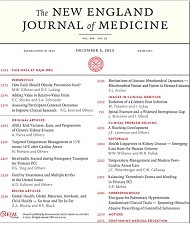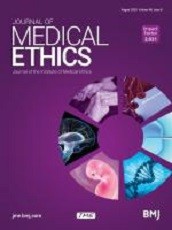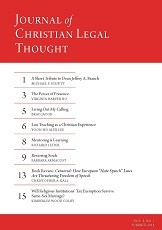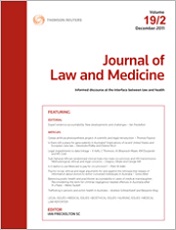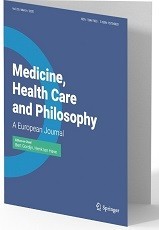Rachel Kogan, Katherine L Kraschel, Claudia E Haupt
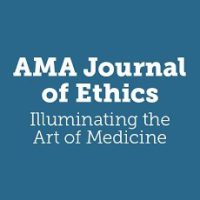
Abstract
This article canvasses laws protecting clinicians’ conscience and focuses on dilemmas that occur when a clinician refuses to perform a procedure consistent with the standard of care. In particular, the article focuses on patients’ experience with a conscientiously objecting clinician at a secular institution, where patients are least likely to expect conscience-based care restrictions. After reviewing existing laws that protect clinicians’ conscience, the article discusses limited legal remedies available to patients.
Kogan R, Kraschel KL, Haupt CE. Which Legal Approaches Help Limit Harms to Patients From Clinicians’ Conscience-Based Refusals? AMA J Ethics. 2020 Mar;22(3):209-216.
